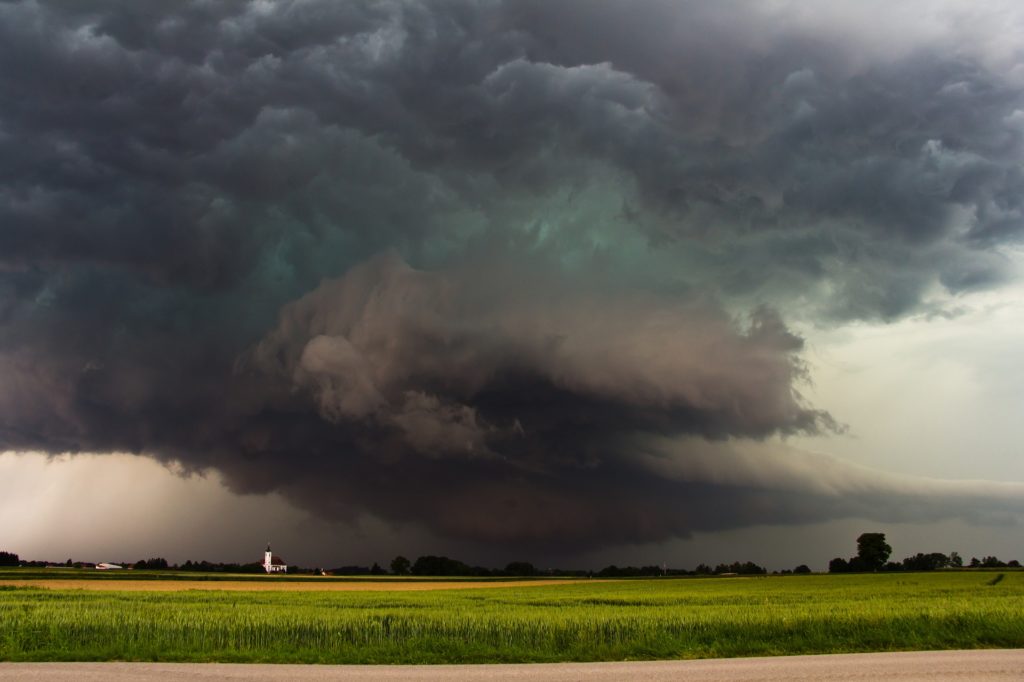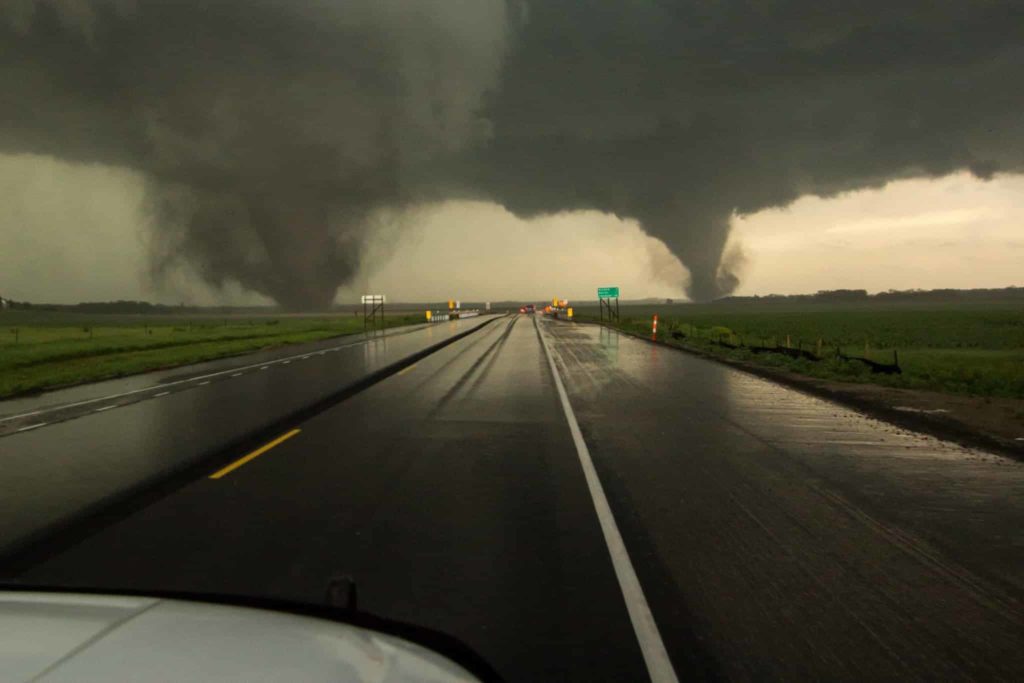Severe Weather 101: What’s the Difference Between a Watch vs. Warning?

Severe thunderstorms are officially defined as storms that are capable of producing hail that is an inch or larger or wind gusts over 58 mph. Hail this size can damage property such as plants, roofs and vehicles. Wind this strong is able to break off large branches, knock over trees or cause structural damage to trees. Some severe thunderstorms can produce hail larger than softballs or winds over 100 mph, so please pay attention to the weather so you know when severe storms are possible. Thunderstorms also produce tornadoes and dangerous lightning; heavy rain can cause flash flooding.
With the severe weather season in the Midwest, now is a good time to go over the difference between a watch vs. a warning.
What is a severe thunderstorm watch?
Severe thunderstorms are possible in and near the watch area. Stay informed and be ready to act if a severe thunderstorm warning is issued. The watch area is typically large, covering numerous counties or even states.
Severe thunderstorms are defined as follows:
1) Winds of 58 mph or higher AND/OR
2) Hail 1 inch in diameter or larger.
What is a severe thunderstorm warning?
Severe weather has been reported by spotters or indicated by radar. Warnings indicate imminent danger to life and property. Take shelter in a substantial building. Get out of mobile homes that can blow over in high winds. Warnings typically encompass a much smaller area (around the size of a city or small county) that may be impacted by a large hail or damaging wind identified by an NWS forecaster on radar or by a trained spotter/law enforcement who is watching the storm.
Severe thunderstorms are defined as follows:
1) Winds of 58 mph or higher AND/OR
2) Hail 1 inch in diameter or larger.

What is a tornado watch?
Tornadoes are possible in and near the watch area. Review and discuss your emergency plans and check supplies and your safe room. Be ready to act quickly if a warning is issued or you suspect a tornado is approaching. Acting early helps to save lives! Watches are issued by the Storm Prediction Center for counties where tornadoes may occur. The watch area is typically large, covering numerous counties or even states.
Severe thunderstorms are defined as follows:
1) Winds of 58 mph or higher AND/OR
2) Hail 1 inch in diameter or larger.
What is a tornado warning?
A tornado has been sighted or indicated by weather radar. There is imminent danger to life and property. Move to an interior room on the lowest floor of a sturdy building. Avoid windows. If in a mobile home, a vehicle, or outdoors, move to the closest substantial shelter and protect yourself from flying debris. Warnings are issued by your local forecast office. Warnings typically encompass a much smaller area (around the size of a city or small county) that may be impacted by a tornado identified by a forecaster on radar or by a trained spotter/law enforcement who is watching the storm.
Now that you know the difference between a watch vs. a warning, make sure you have a way to receive alerts for severe weather in your area. You can follow your local National Weather Service office, and you can follow us on Facebook and Twitter for live severe weather updates. Or you can also download our free ISCN Weather app that will send you push notifications when dangerous storms are heading your way.